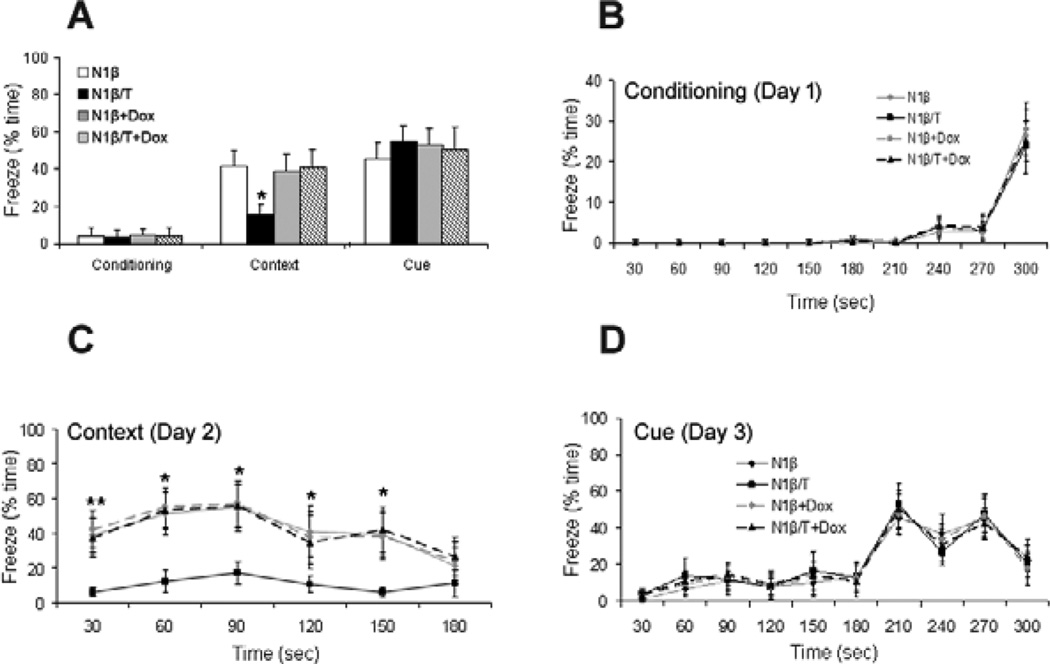Figure 4. Tg-N1β/T and Tg-N1β mice exhibited impaired contextual fear learning.
(A) The fear conditioning assay included a 3 day testing procedure in a fear conditioning chamber. There were no differences in the percentage of freeze time during the day 1 conditioning test. On day 2, contextual fear learning of the mice was analyzed. Percentage of total freeze time of mice on Day 2 was recorded as an indicator of contextual learning ability. The percentage of total freeze time was significantly reduced from 41.3±8.8% in Tg-N1β mice to 15.5±5.8% in Tg-N1β/T mice. Day 3 measured cued memory by comparing total freeze time during the presentation of tones in a different chamber, which is primarily related to amygdala function. The Tg-N1β/T group showed a similar percentage of total freezing time compared to the control and Dox-treated groups. Detailed percentages of freeze time at 30-sec intervals during the entire recording period for conditioning (B), context (C) and cue (D) are plotted. Statistics were analyzed by one-way ANOVA with Tukey’s post hoc test (n=12 per group; *:p<0.05, **:p<0.01).

